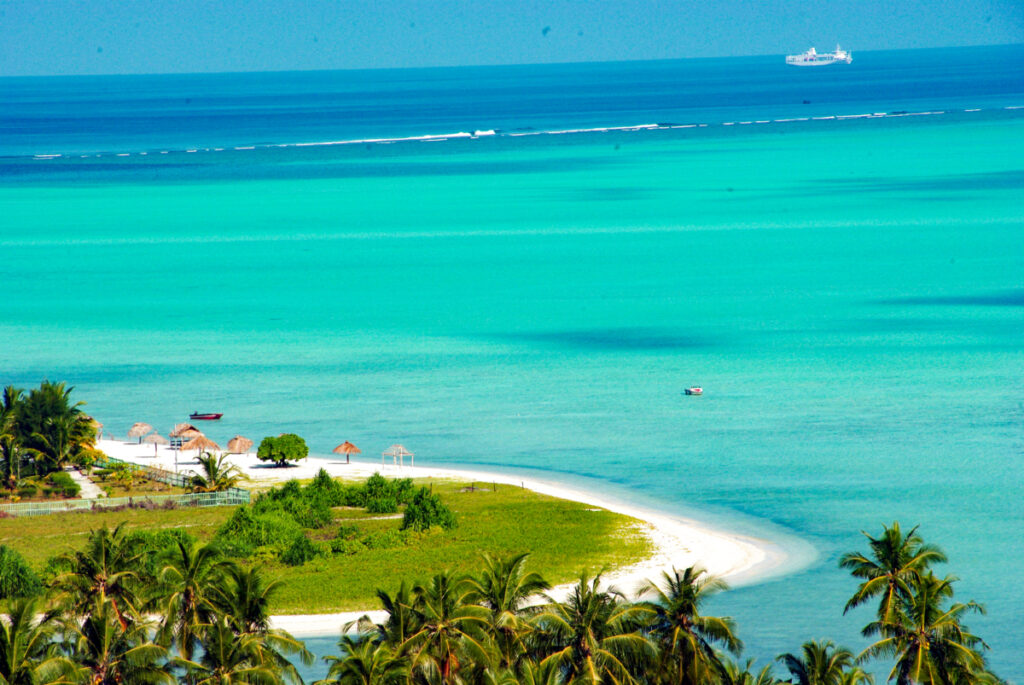The turquoise waters of the southeastern part of Arabian Sea, named Laccadive Sea, gently embrace silvery, palm-fringed beaches. Spectacular sunrises and sunsets unfold just a turn of the head away from a quaint wooden cottage. Playful dolphins and turtles curiously accompany boats, creating delightful encounters for snorkelers exploring the vibrant marine life in coral reefs and lagoons. While a trip to Lakshadweep shares similarities with the Maldives, its allure is heightened by its relatively unexplored charm. Our Lakshadweep Travel Guide will provide you all the information, from the geographical attractions in the islands to the practical information like inter island ferry routes and the procedure of obtaining the Lakshadweep Entry Permit, to enjoy a lifetime experience of touring the tropical paradise named Lakshadweep.
Positioned between 200 and 440 kilometres off the southwestern Malabar coast of India, the Lakshadweep Islands, a tropical archipelago consisting of 12 atolls, three coral reefs and five submerged banks, form the northernmost part of the Lakshadweep–Maldives–Chagos island group. It is a uni-district and the smallest Union Territory in India and is made of eleven inhabited islands and 16 uninhabited ones with attached islets.
Uniqueness of Lakshadweep Archipelago:
The formation of the Lakshadweep Islands atop a vast undersea mountain range– the Lakshadweep-Chagos Ridge, sets them apart from conventional island formations. Unlike volcanic islands that emerge from volcanic activity or continental islands formed by the shifting of tectonic plates, the Lakshadweep Islands are primarily coral atolls and reefs that have developed atop this underwater ridge system that also includes the islands in Maldives. Over time, coral polyps have built and expanded upon the submerged ridge, forming the characteristic atolls and reefs that make up the Lakshadweep archipelago.
This geological process distinguishes the islands, shaping their landscapes and contributing to the breathtaking coral formations. Spanning around meri 32 square kilometres across Lakshwadeep’s 37 islands with white and powdery shores, made of eroded exoskeletons of corals, the shallow and turquoise lagoons enclosed by the coral reefs expand to approximately 700 square kilometres, showcasing the intricate and expansive underwater ecosystems.
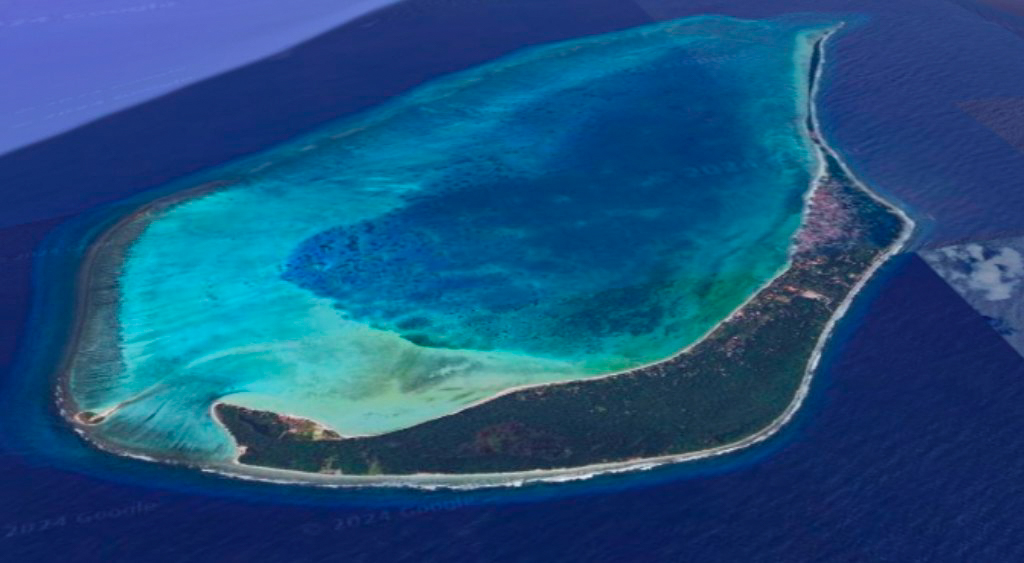
Moreover the islands’ permeable soils, consisting of coral and lagoonal sands efficiently absorb rainfall, preventing excessive run-off and facilitating lush vegetation.
The islands of Lakshadweep with their unique geophysical features, beckons tourists to indulge in activities like beachcombing, snorkelling, scuba diving, island hopping, sand bar visits, kayaking and many more. The islands’ rich cultural heritage, influenced by a blend of Indian, Arab, and indigenous traditions, adds a fascinating layer to the tourist experience. Blessed with natural beauty and cultural diversity, Lakshadweep promises an idyllic getaway for those seeking serenity and exploration.
In this travel guide to the Lakshadweep Islands, we will discuss everything tourists need to know before traveling to the archipelago, whether hopping between islands or planning a second visit. This article decodes many hidden attractions and provides detailed information on how to enjoy popular experiences in this tropical paradise. It also includes the most vital information on transfers between islands in Lakshadweep, their costs, routes, and timings.
How to Reach Lakshadweep and the Inter Islands Connectivity
Getting Into
To reach Lakshadweep Islands, you can follow these instructions based on the provided information:
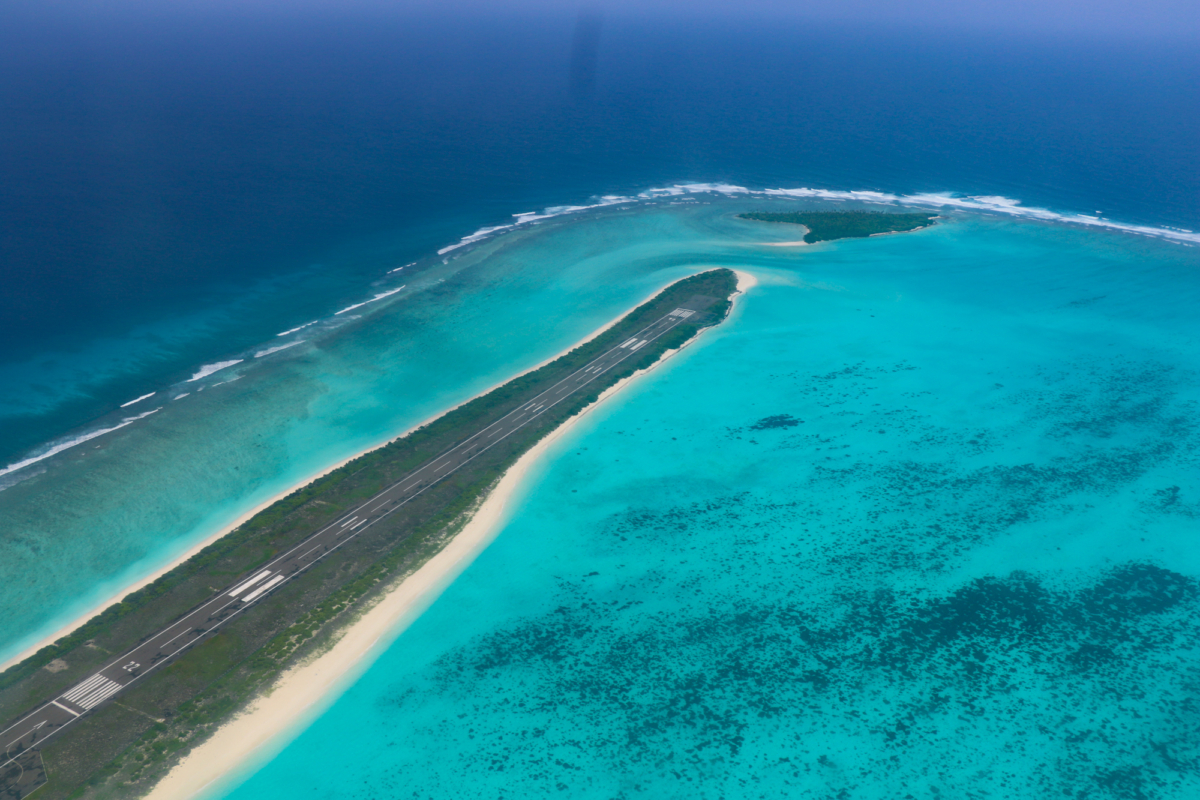
By Air:
Gateway City (Mainland India): Kochi.
Flights to Agatti Airport, Lakshadweep:
Agatti can be reached by flights from Kochi. Indian Airlines operate daily flights from Kochi to Agatti.
Onward flights from Kochi are available to most airports in India and abroad.
The flight duration from Cochin to Agatti is approximately one hour and thirty minutes.
Transfer from Agatti:
Boats are available from Agatti to Kavaratti and Kadmat during the fair season (October to May). The details of the inter island connectivity available in Agatti, has been given later.
Helicopter transfers are available from Agatti to Kavaratti during the monsoon season, subject to helicopter availability.
By Ship:
Passenger Ships:
Seven passenger ships operate between Cochin and Lakshadweep islands: MV Kavaratti, MV Arabian Sea, MV Lakshadweep Sea, MV Lagoon, MV Corals, MV Amindivi, and MV Minicoy.
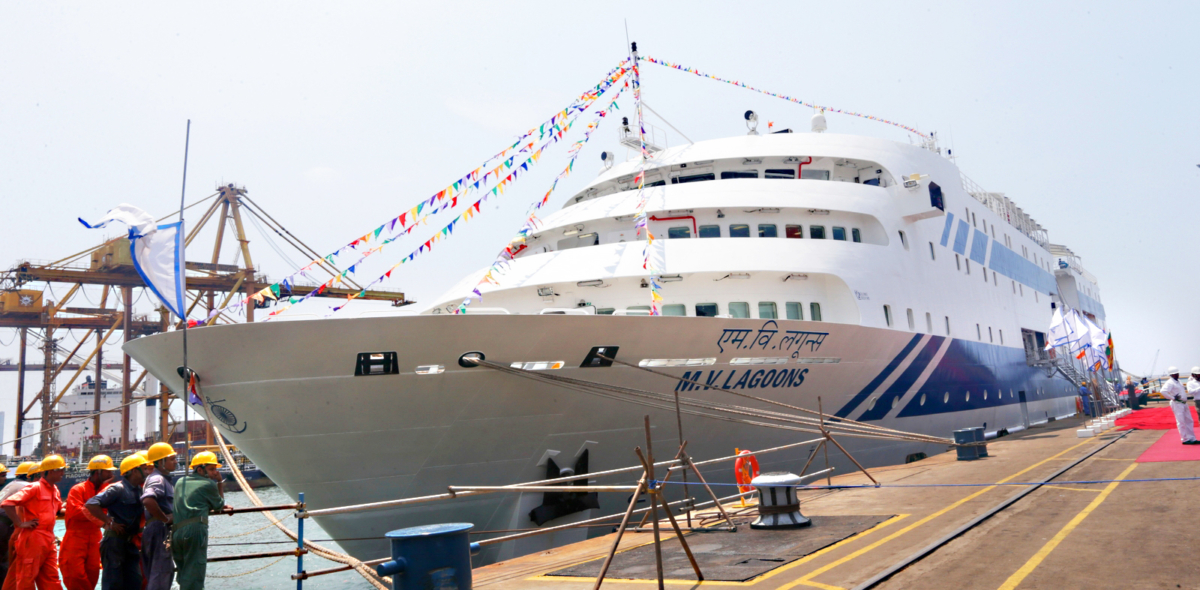
The journey duration on ships varies between 14 to 18 hours, depending on the island chosen for the journey.
Classes of Accommodation on Ships:
Different classes of accommodation are available on ships:
A/C First Class with two-berth cabins.
A/C Second Class with four-berth cabins.
Pushback/Bunk Class with A/C seating.
MV Amindivi and MV Minicoy also offer comfortable A/C seating suitable for a night’s journey.
Medical Facilities:
A doctor is available on call on board the ships.
By High-Speed Vessels:
During the fair season, high-speed vessels operate between islands.
Travel Guide to the Inter Island Connectivity System in Lakshadweep by Speedboat
The tropical archipelago of Lakshadweep, relies on an intricate system of high-speed crafts (HSC) for inter-island connectivity. Several vessels, including HSC BLACK MARLIN, M.V Parali, HSC SKIPJACK, H S C BLUE MARLIN, M.V Cheriyapani, and M.V Valiyapani, facilitate transportation between the islands.
HSC Black Marlin: Connects Agatti, Bitra, Chetlat, Kiltan, and Kadmat.
Example schedule: Departure from Agatti at 08:15 AM, with subsequent stops at Bitra, Chetlat, Kiltan, and Kadmat.
M.V Parali: Links Kadmat, Kalpeni, and Androth.
Example schedule: Departure from Kadmat at 08:15 AM, with stops at Kalpeni and Androth.
HSC SkipJack: Operates between Kavaratti, Amini, Kadmat, Agatti, and back to Kavaratti.
Example schedule: Departure from Kavaratti at 08:15 AM, with stops at Amini, Kadmat, Agatti, and return to Kavaratti.
HSC Blue Marlin:
Connects Kavaratti, Agatti, and back to Kavaratti.
Example schedule: Departure from Kavaratti at 10:45 AM, with stops at Agatti and return to Kavaratti.
M.V Cheriyapani:
Services the route from Kavaratti to Kalpeni and Kochi.
Example schedule: Departure from Kavaratti at 08:15 AM, with stops at Kalpeni and onward to Kochi.
M.V Valiyapani:
Connects Kavaratti, Agatti, Amini, Kadmat, Androth, and Kochi.
Example schedule: Departure from Kavaratti at 07:45 AM, with stops at Agatti, Amini, Kadmat, Androth, and onward to Kochi.
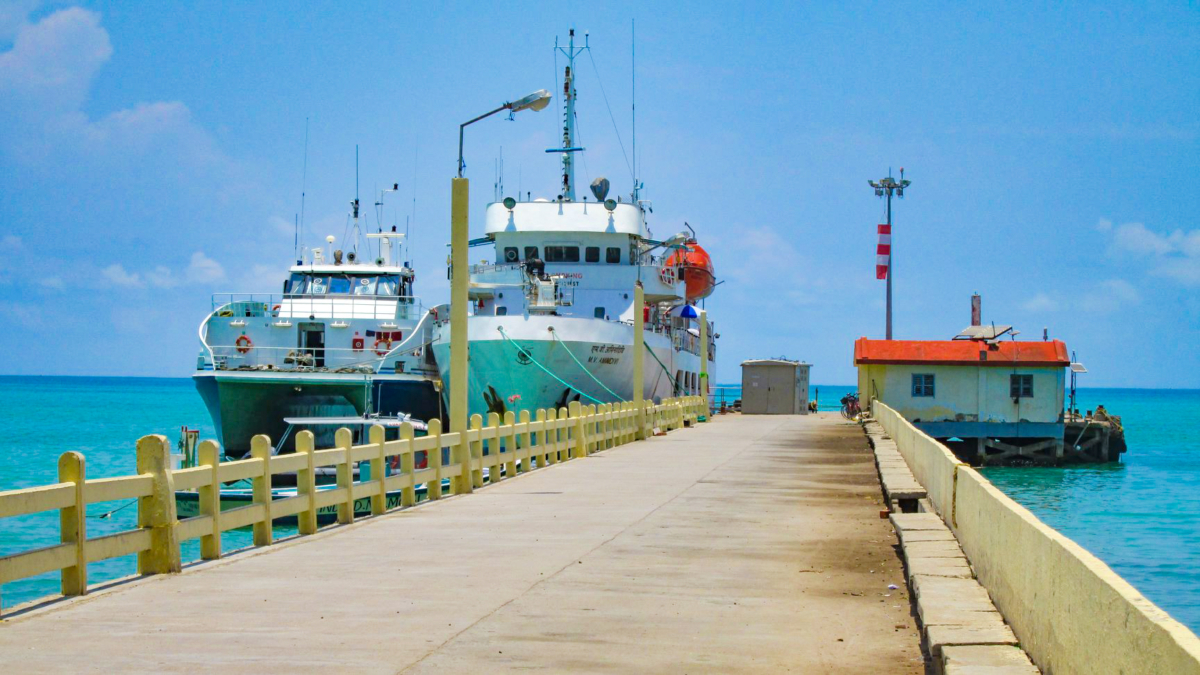
Kavaratti to Minicoy Speedboat Service
The Kavaratti-Minicoy route, serviced alternately by HSC Valiyapani and HSC Parali, operates sporadically with only a 2-3 day notice. Ticket availability is limited, given its crucial role as the sole medium connecting remote Minicoy Island to Kavaratti, aside from mainland ships.
Example Schedule (Kavaratti to Minicoy): Departure: 07:30 AM- Arrival at Minicoy: 04:10 PM. Journey Duration: 8 hours and 40 minutes
The vessel follows the same schedule, departing from Minicoy the next day back to Kavaratti.
These vessels adhere to specific schedules, ensuring reliable inter-island connectivity. Timings vary, and travellers are advised to check the latest schedules and routes for accurate information before planning their journeys.
Additional Resources:
For more information, you can visit https://samudram.utl.gov.in/.
To purchase ship tickets, you can visit https://lakport.utl.gov.in/.
Ensure to check the latest schedules, availability, and any travel advisories before planning your trip. Our Guide to Lakshadweep Travel always aims to update you with latest and authentic information.
Planning, Entry Permit and Police Clearance Certificate
Before booking the flight or ship tickets and planning your trip to this stunning archipelago of Lakshadweep, there are some essential steps to take care of.
Choosing Sponsor for Your Lakshadweep Trip
Firstly, it’s important to note that to travel to Lakshadweep, whether you are an Indian citizen or a foreign national, you need an entry permit along with a sponsor who is native to the islands. Alternatively, government departments located on the islands can also sponsor your trip.
If you happen to know someone from Lakshadweep, they can act as your sponsor. However, if you don’t have a local connection, you have two other viable options. The first option is SPORTS, which stands for the Society for Promotion of Nature Tourism and Sports. This is essentially the tour operator wing of the Lakshadweep government. But for this you have to book a package or a Govt accommodation from them. In this case SPORTS will submit the necessary documents on your behalf.
The second and quicker option is to obtain sponsorship from a private tour operator or hotel, located within the islands with whom you plan to book your trip. Having a sponsor is a crucial step in the process, ensuring a smoother experience when visiting the beautiful Lakshadweep islands.
How to Apply for the Lakshadweep Entry Permit:
Now after choosing the sponsor, it comes the process of the application seeking a permit to visit the Lakshadweep archipelago. It involves two methods: online and offline.
Online Application:
Visit the e-Permit portal at https://epermit.utl.gov.in/pages/signup.
Create an account on the portal.
Fill out the application form with your personal details.
Select your preferred island and travel dates.
Upload any required documents as specified.
Make the necessary payment for the permit fees.
Once the process is complete, your permit will be emailed to you. The permit typically arrives 15 days before your scheduled trip.
Offline Application:
Download the application form from the Lakshadweep Administration’s official website or get it from the whom you are booking with.
Alternatively, obtain the application form from the District Collector’s office in Kavaratti.
Fill out the application form with the required details.
Attach the necessary documents as mentioned in the form.
Submit the completed application along with the documents to the Collector’s office.
Please note:
The online method is usually faster and more convenient, providing a quicker turnaround time for permit issuance.
The offline process might take longer due to physical form submission and processing time.
Ensure all required documents are accurately provided and uploaded/attached as per the guidelines.
Fee Details:
The application fee is 50 rupees for each applicant, and the heritage fee is 100 rupees for children aged 12 to 18. For individuals above 18, the heritage fee is 200 rupees.
Police Clearance Certificate:
The tour operators or hotels in the islands or any other agencies operating tours to Lakshadweep, will ask the travellers to submit a police clearance certificate, which is also known as the character certificate, along with Aadhar card and your passport-sized photograph to help you with the process of obtaining the Entry Permit to Lakshadweep.
Obtaining the police clearance certificate is slightly tricky; it may take somewhere from 10 days up to a month’s time to obtain these certificates. This police verification certificate is issued by the office of the Superintendent of Police of the district in which the traveller resides. Some states like Maharashtra and West Bengal have gone digital and have portals that help you obtain certificates, including PCC or Police Clearance Certificate.
Different states have different portals to help you obtain these certificates. You may find the links to these portals in the comment box below. As this process is online in most of the states, ensure that the address in your Aadhar and the office in which you’re applying are the same. After you have applied on these portals, the local police station verifies your personal address and criminal records, if any and the report is sent to the office of the Superintendent of Police, who would issue the certificate. It is advisable that you visit your nearest police station; this might help you speed up the process.
After the police clearance certificate is issued, you need to submit this certificate along with your identification document and three passport size photographs to the administration of Lakshadweep for finally getting the entry permit.
Along with these documents, you will also need to submit the ration card number of the local resident who is inviting you or sponsoring your trip to Lakshadweep .
I would strongly recommend that you take help of a local tour operator who can help you with this process and sponsor your trip to Lakshadweep. Sponsorship costs with a private tour operator in Lakshadweep typically range between 3500 to 4500 Rs for a trip of two to three persons lasting 3 to 4 days.
Exploring the Tourist Attractions in the Lakshadweep Islands
After the permit is issued, Indians are allowed to visit these inhabited islands: Kavaratti, Agatti, Amini, Andrott, Bangaram, Bitra, Chetlat, Kadmath, Kalpeni, Kiltan and Minicoy. However, for those who are not Indians, entry is restricted to the islands of Bangaram, Agatti, Kadmat and Kavaratti (Transit Only- 12 Hrs).
Agatti Island- The Gateway to Lakshadweep
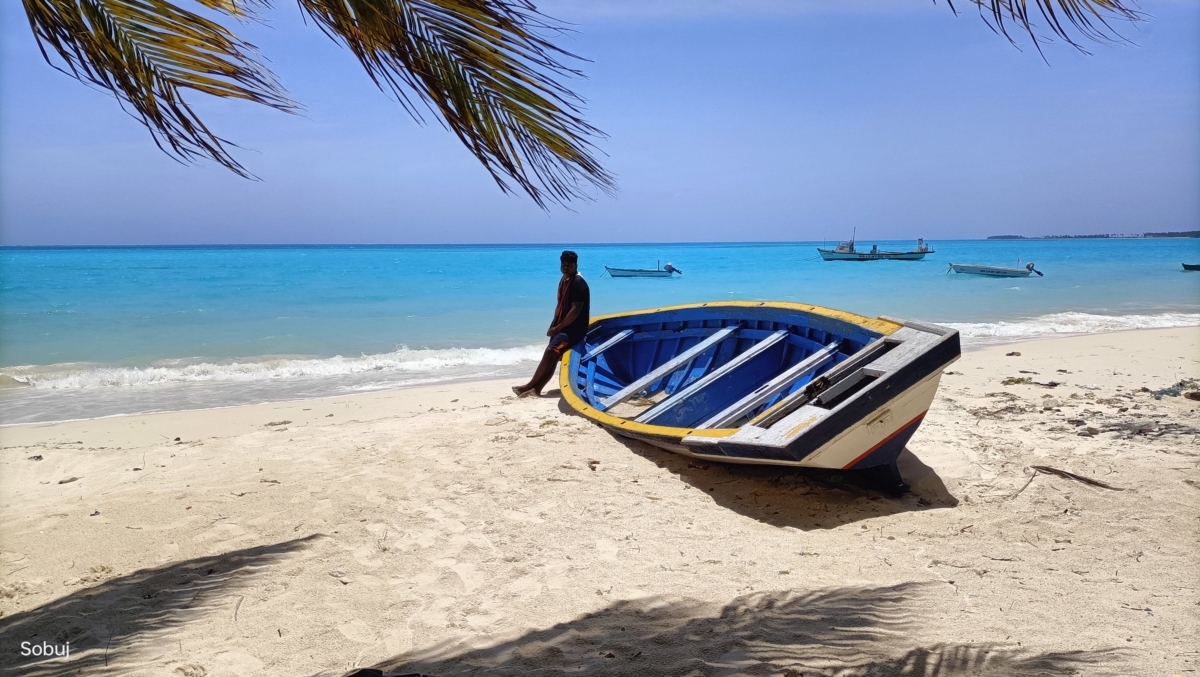
Agatti boasts the distinction of hosting a petite airport and serves as the gateway for discerning travellers seeking the allure of the Lakshadweep Archipelago. Landing on the airstrip is quite thrilling, especially as you’re over the sea until the very last moment. The stunning colour of the sea is truly a treat for the eyes.
Its coastline, adorned with a picturesque lagoon and powdery white sands, invites visitors to indulge in snorkelling pursuits just a short distance from the shoreline, facilitated by a floating pontoon. Eastern and Western Jetty, along with Lagoon Beach, are must-visit spots here. Turtles freely roam around, and you can hire a boat to see them up close.
For the enthusiasts of the deep, basic yet enthralling scuba diving experiences await, priced at Rs 3000 per person for an immersive 15-minute dive into the aquatic realm. Agatti warmly welcomes visitors to explore the captivating “Golden Jubilee Museum,” the singular repository of cultural heritage within the Lakshadweep islands. Additionally, an expedition to the “ICAR – National Bureau of Fish Genetic Resources” unfolds the secrets of the island’s vibrant fish rearing farms. Anthan Beach, an idyllic retreat on Agatti Island, beckons travellers seeking serene vistas and tranquil shores.
Staying along the beach at a homestay is truly awesome. Everywhere you look, the waters are crystal clear. The locals are very friendly. The food, mostly tuna fish, is really good.
Spanning a length of 7.6 kilometres, Agatti Island perches gracefully upon the Agatti Atoll, a radiant coral formation in the heart of the Lakshadweep archipelago. Adorned by the serene expanse of its 24.84 square kilometres lagoon, Agatti Atoll emanates an enchanting allure that captivates every visitor’s heart. At its southern edge rests the petite Kalpatti Island, a charming addition to this mesmerising realm.
Bangaram Atoll
With just a one-hour boat ride from Agatti, you can reach two of the most sought-after tourist destinations in Lakshadweep: the Bangaram and Thinnakara islands.
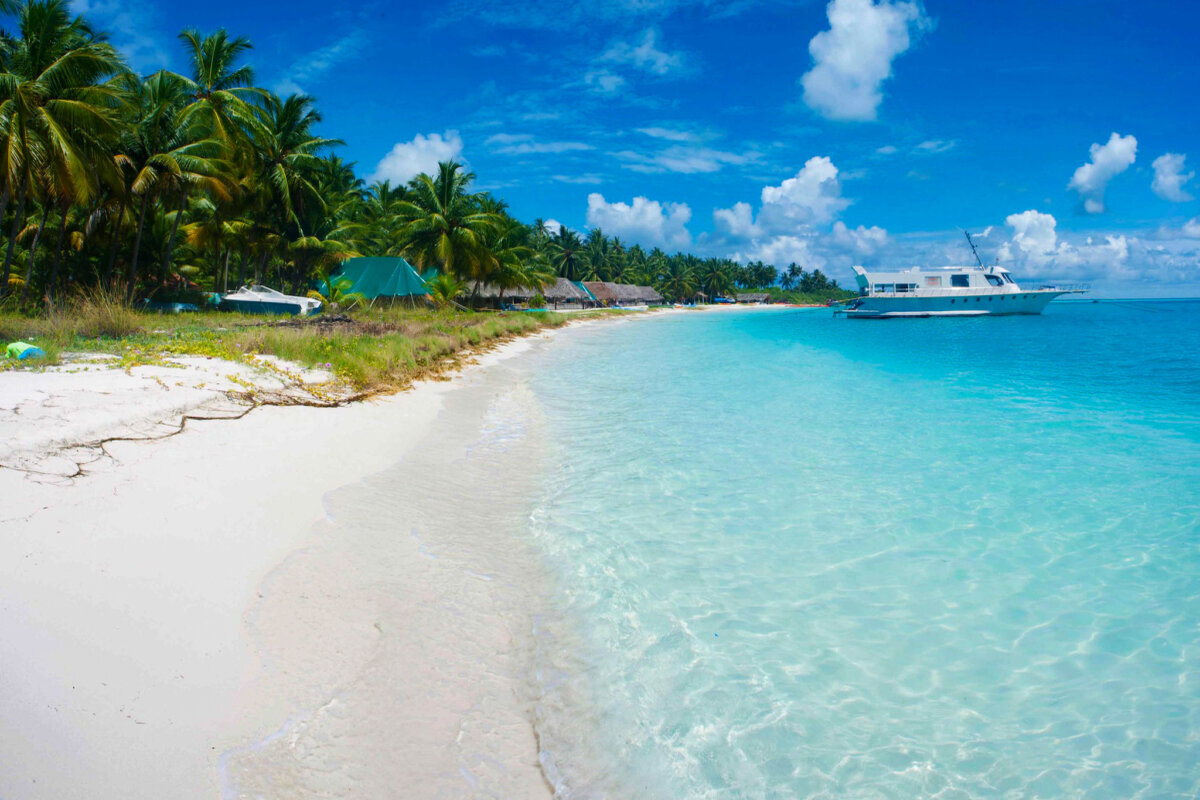
These two uninhabited and tourist specific islands are situated on the same reef in the Bangaram Atoll, showcasing some of the most beautiful beaches in the Lakshadweep Islands. Another remarkable aspect of these islands is their near-untouched nature, with sustainable tourism practices that prove highly rewarding for the islands in the long run.
However what sets these islands apart is the surrounding shallow lagoon with stunning shades of aqua blue, inviting you to swim or walk without a hint of peril. In Bangaram, as the tide recedes, a sandbar emerges, forming a natural pathway to explore during low tide—a fascinating addition to its allure.
Activities here are neatly priced by the SPORT authorities, offering various options for snorkelling experiences at Rs 950 per visit, inclusive of taxes. Although scuba diving is a bit pricier, it’s absolutely worth it, especially with the 20 to 30 feet visibility revealing the vibrant living corals that grace Bangaram’s lagoon.
Staying in Bangaram and Thinnakara offers a distinctive tent-living experience due to limited accommodation options, primarily government mid-budget stays. The tents, nestled against the backdrop of the stunning island landscapes, provide an authentic and close-to-nature experience. However, here all the accommodations rely on generator power. Apart from the pungent sulphur odour in the island’s water, I must say these offer one of the most extraordinary experiences you could ever imagine.
Island hopping via a glass-bottom boat in the Bangaram Atoll, spanning Thinnakara, Parali 1, and Parali 2 Islands, is the quintessential Lakshadweep experience. The underwater caves near Parli 2 echo with the stories of forgotten tides, and the beaches, adorned with seashells, invite you to pause and listen to the symphony of the ocean.
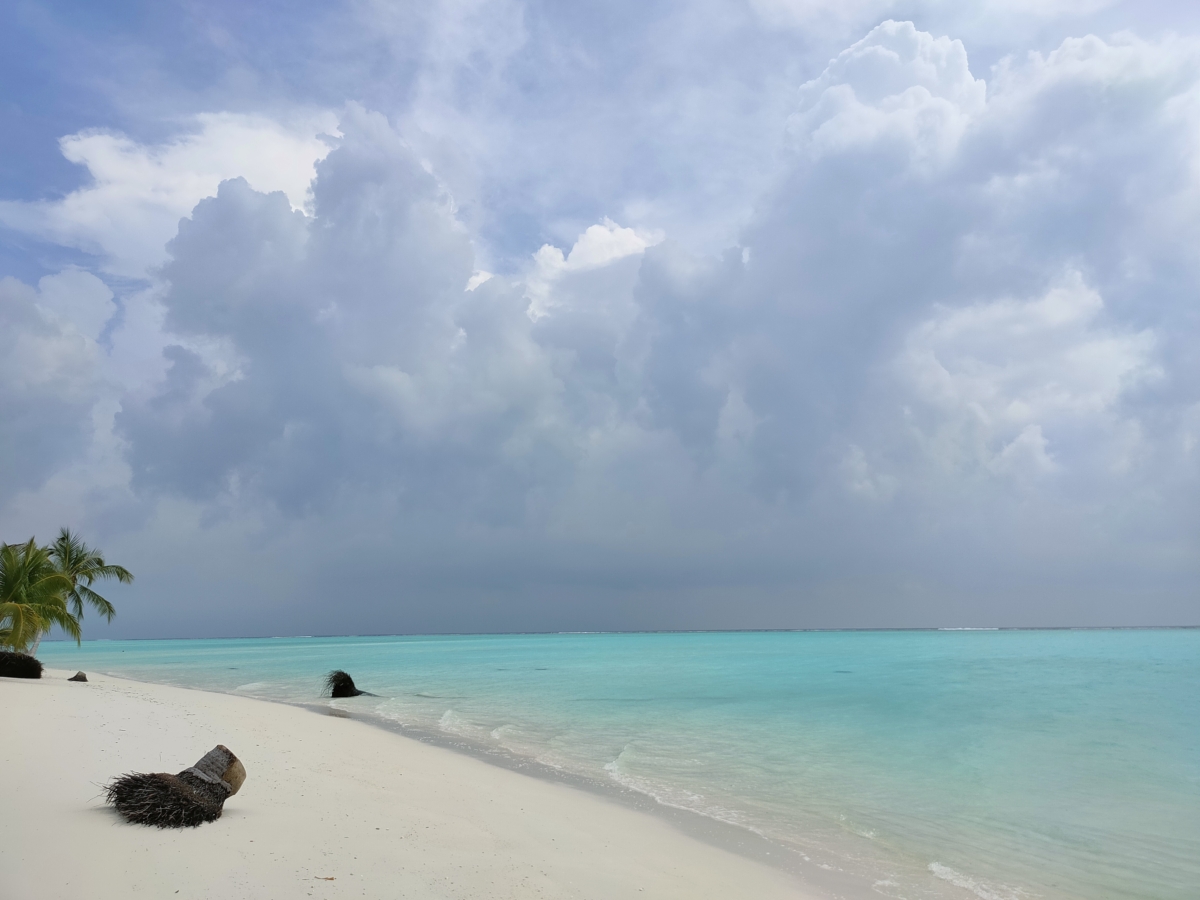
Activities here are neatly priced by the SPORT authorities, offering various options for snorkelling experiences at Rs 950 per visit, inclusive of taxes. Although scuba diving is a bit pricier, it’s absolutely worth it, especially with the 20 to 30 feet visibility revealing the vibrant living corals that grace Bangaram’s lagoon.
Privately owned Island, Thinnakara is renowned not only for its expansive sandy beaches but also for its attractions such as turtle watching and snorkelling around the shipwrecks. Our Lakshadweep island guide will make sure that you won’t miss any attraction or experience while visiting the Bangaram atoll.
Like Bangaram, here also, monitoring the high and low tide timings is essential. During low tide, the shoreline becomes ideal for snorkelling, and one can even walk to the Parali Island, offering an opportunity to explore more of the surrounding beauty during low water levels.
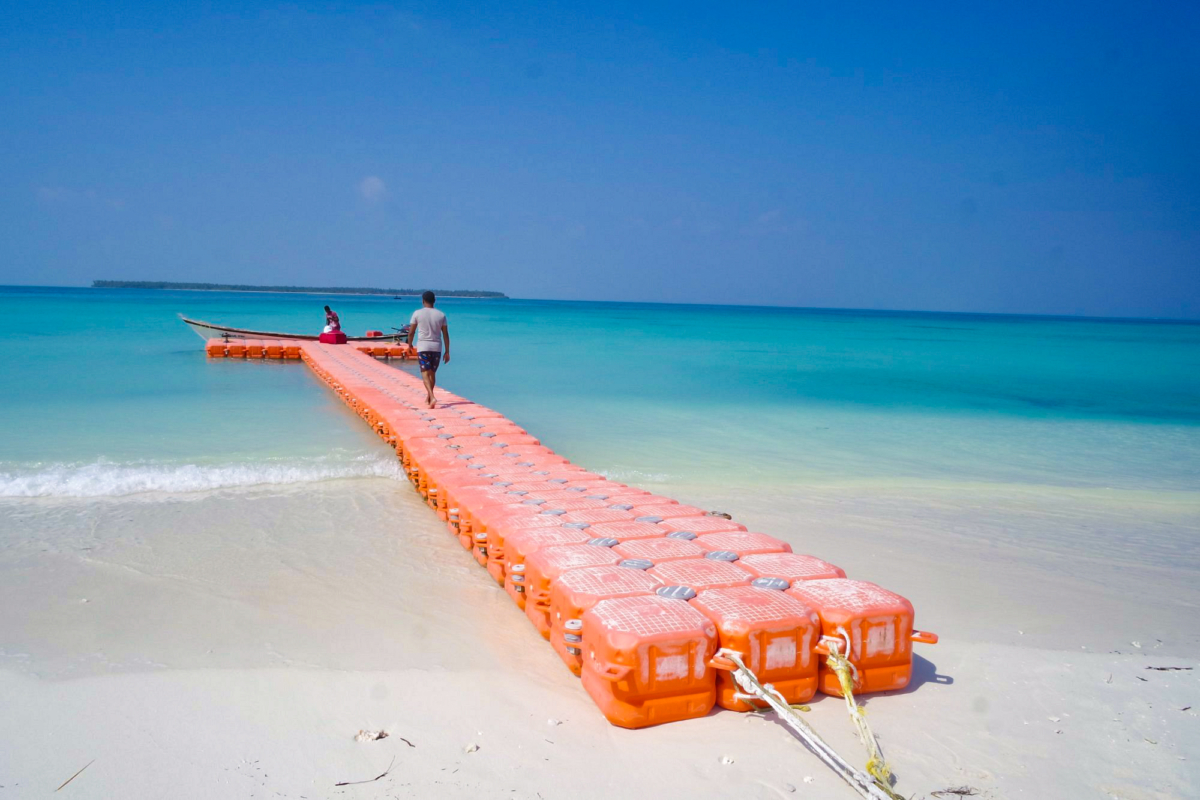
Kayaking around Thinnakara Island offers a serene escape, allowing visitors to spend hours exploring the island’s periphery. Whether it’s walking barefoot along the beach or relaxing on swings tied to bending coconut and palm trees, the tranquil atmosphere and gentle waves provide a soothing experience.
As the day concludes, the island treats visitors to an awe-inspiring sunset that, I bet, is one of the best you can find anywhere in the world. Amidst the Whispers of the waves, gazing upon the starry expanse with the Milky Way at night is also an unparalleled celestial spectacle.
Kavaratti Island
Kavaratti Island serves as the capital of the UT of Lakshadweep. If you’re travelling by flight to Agatti and plan to reach Kavaratti, you have two options: a chopper ride at Rs 11,000 per person or a vessel (HSC Speedboat) by sea at Rs 500-1500 per person. Opting for the sea route via vessels is a better choice. We suggest the HSC Parali, a 150-seater AC vessel, which includes a small cafeteria serving tea, chips, sandwiches, and more. The journey takes approximately 2 hours to reach Kavaratti.
The SPORTS facility at Kavaratti manages all water sports activities. For scuba diving, Kavaratti is the ideal spot due to its crystal-clear waters, offering better underwater views and exceptional instructors. While Bangaram is overhyped, Kavaratti charges Rs 2,100 for a 15-minute scuba experience by boat and provides power glasses for those wearing spectacles. It’s advised not to wear contact lenses underwater. Additionally, here in this Lakshadweep Islands travel guide, we want to suggest that the proficient swimmers or beginner divers can enjoy swimming and diving in the calm and crystal-clear lagoon at the dive points like the Wall of Wonder, which is a coral cave. These diving spots are also accessible on a short boat ride away from the shore.
Consider asking your taxi driver to take you to the coral beach near the helipad; it’s a must-visit destination. The coral beach boasts astonishing shells and the intriguing sight of a ghost ship in the background, enhancing the place’s mystique and beauty. We recommend having lunch at a restaurant called ‘Heavens Treat Beach Restaurant’ at the southern tip of the island. They offer excellent seafood dishes at reasonable rates. Visitors can also purchase tinned tuna, tuna pickle, virgin coconut oil, and powder from the local market.
ATMs of SBI, UCO, and Syndicate banks are available, so it’s advisable to withdraw cash here as finding one later might be challenging. Additionally, the lighthouse and the view of the coconut groves are remarkable. Note that the lighthouse’s entry is until 6 pm. The Marine Museum is decent, but it’s not a must-visit. Instead, head to the jetty for a breathtaking view of the sunset, the lighthouse, and enjoy the lovely sea breeze along with the brilliant blue water.
Kadmat Island
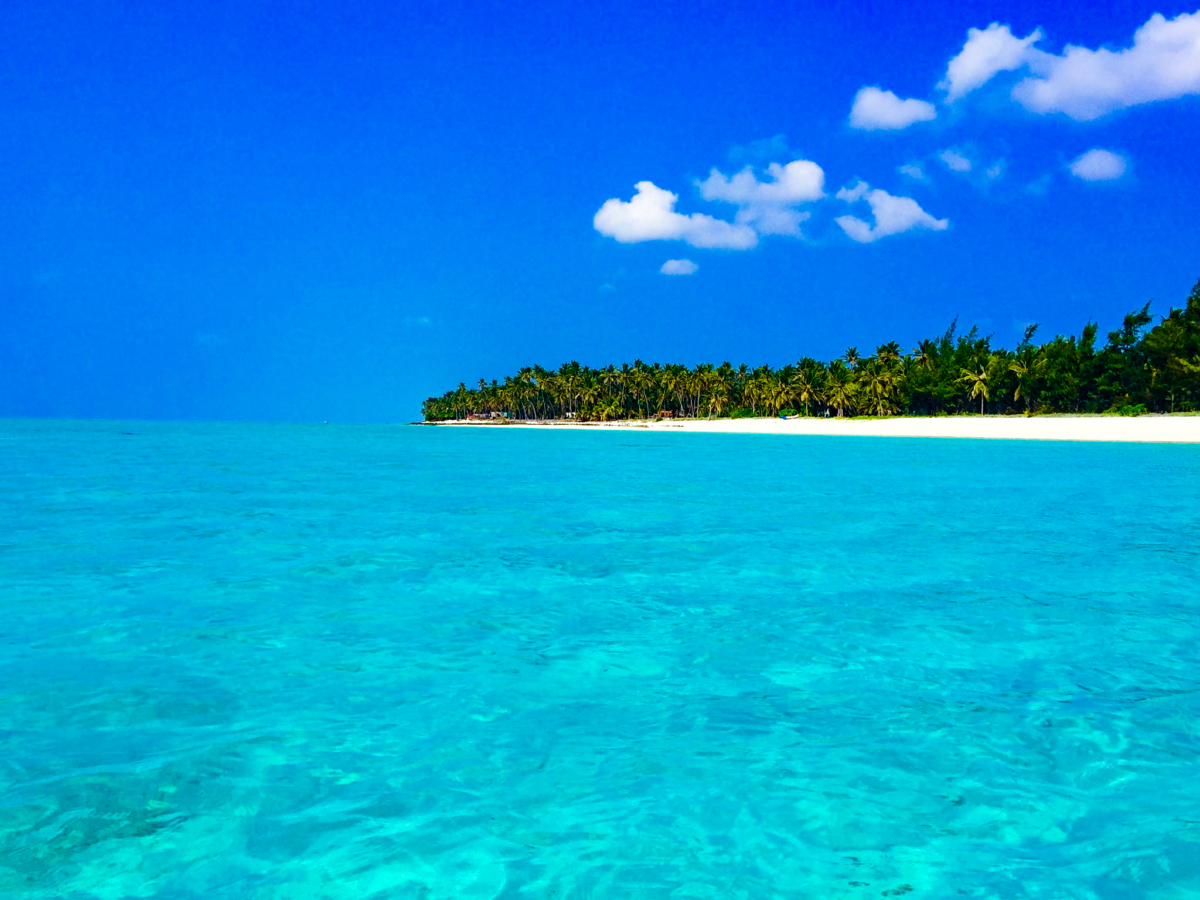
Kadmat or Cardamom Island, a hidden gem in the heart of Amindivi sub-group, is famous for its water sports activities in its lagoon stretching over a maximum width of 2 kilometres and covering an expansive area of 37 square kilometres and for the silvery beaches that lies on the both sides of the island along the coastline, exuding a tranquil and laid-back atmosphere with moderate climate and a welcoming local community. Our travel guide to Lakshadweep decodes the charms of this tropical paradise.
Kayaking and Snorkeling in the shallow lagoon, with depths ranging from 2 to 3 metres, is a unique journey through an art gallery of nature, where the fringing reefs along the shore host an array of fin and shellfish species. Enjoy the tidal range, which varies between 0.6 to 1.6 metres, creating a dynamic and ever-changing marine landscape. The lagoon is a vital habitat for dugongs (sea cows) and marine turtles – Olive Ridley, Leatherback, Hawksbill, and Green sea turtle. The seagrass beds, covering 13.8 square kilometres, play a crucial role in providing sustenance to these magnificent creatures.
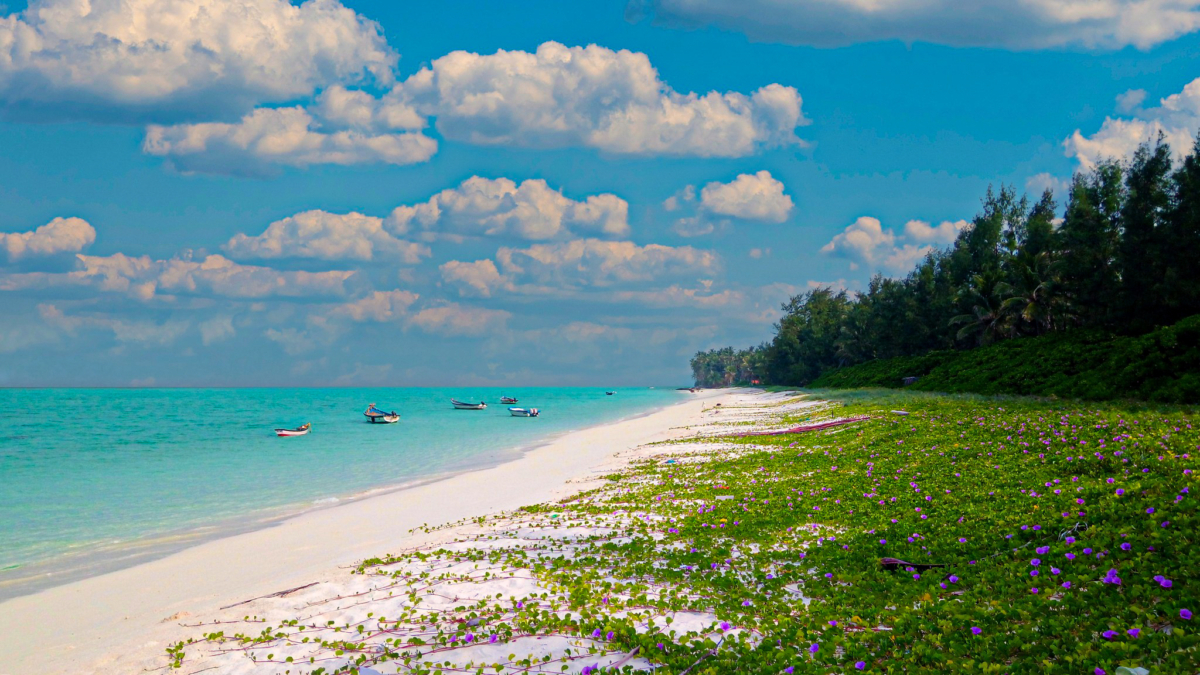
Get the best beachcombing experience in the 100-metre-wide, Kadmat Beach which boasts the prestigious Blue Flag tag and is adorned with a fascinating coral algae ridge at the breaking zone of the eastern side. Delight in the beach’s serene ambiance and soak in the panoramic views of the crystal-clear lagoon.
Hop on a brief boat journey from Kadmat to Amini Island, positioned around 5 kilometres southwest. Amini, northern part of the Pitti Bank, showcases the scenic beauty of a predominantly submerged atoll renowned for its vast lagoon area spanning approximately 415 square kilometres.
Experience the thrill of navigating through the channel between Kadmat and Amini, specially where the depths of less than 10 metres, projecting a unique underwater landscape of the reefs surrounding Cardamom Island.
Your base, the Kadmat Bliss Hut by SPORTS (Govt.), nestles seamlessly into the island’s charm. The thatched-roof huts cradle you in rustic luxury, a perfect retreat after a day filled with aqua escapades. Apart from this Govt accommodation there are Homestays, Holiday Homes, Budget to Luxury Guest Houses and Hotels in Kadmat starting from Rs 2000 to 15000 per night for a double occupancy room.
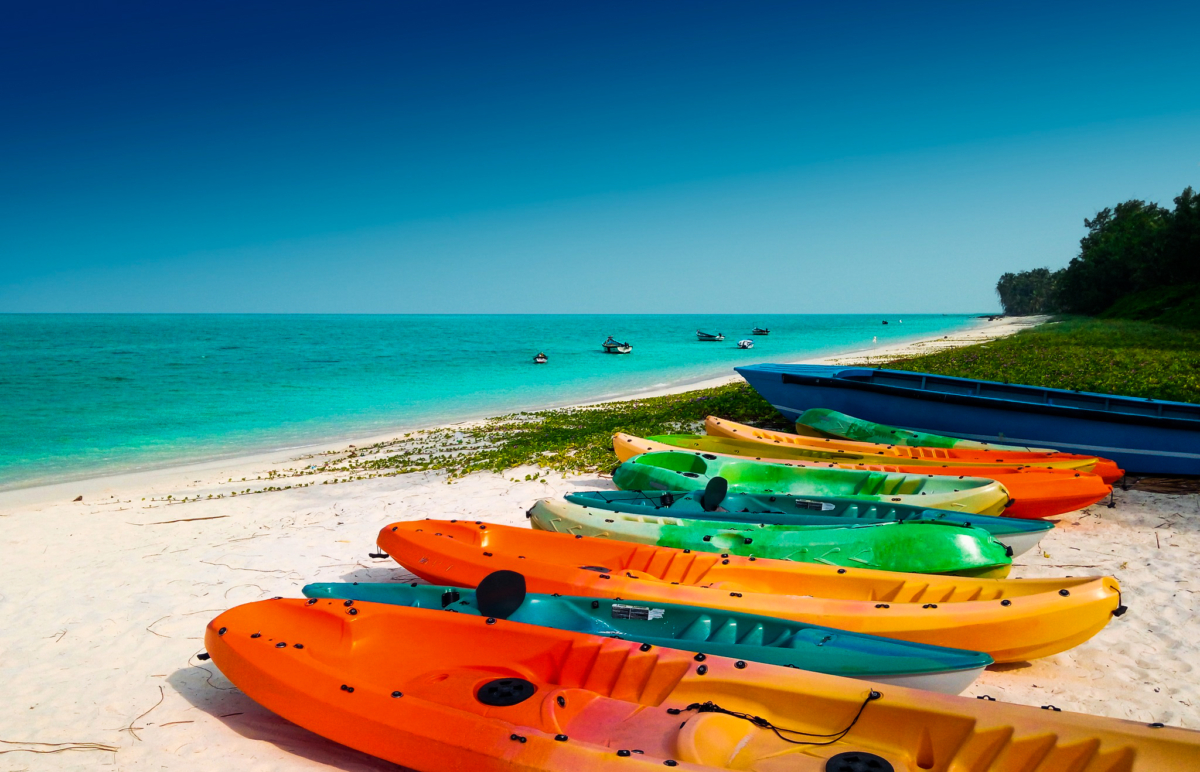
For thrill-seekers, the water sports arena at Bliss Hut beckons. Kayaking through the lagoon’s gentle ripples or riding the waves on a windsurfing board — every moment resonates with the island’s adventurous spirit.
As the sun dips low, casting a golden glow on Kadmat’s sands, find yourself in a local eatery named ‘Coral Spice.’ Operated by a group of skilled island women, it serves authentic delicacies, a gastronomic journey into the heart of Lakshadweep’s culinary heritage.
To reach Kadmat, opting for a sea voyage by Speedboat from Kavaratti and Agatti is the best. MS Azure, a 120-seater vessel adorned with comfort, serves in this route. The sea breeze carries promises of adventure, and Kadmat doesn’t disappoint.
Discover Lakshadweep’s Coral Reefs: A Subaquatic Adventure
Whether you’re an avid diver, a curious snorkeler, or simply seeking the beauty of underwater marvels from the comfort of a glass-bottom boat, Lakshadweep offers a plethora of opportunities to witness the wonders of marine life up close. Feel the thrill of swimming alongside graceful rays, darting reef fish, and intricate coral formations as you lose yourself in the breathtaking beauty of Lakshadweep’s underwater world.
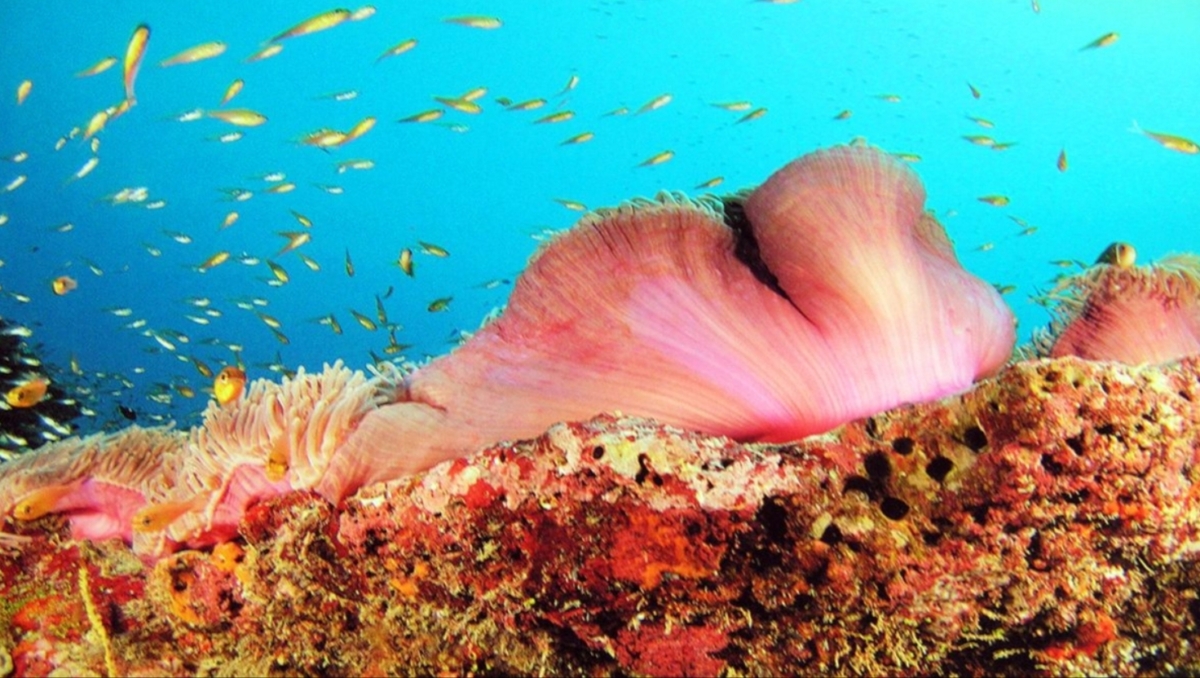
Lakshadweep’s coral reefs, though breathtaking, faced a severe setback in 1998 when over 80% of the corals suffered mortality due to bleaching events. Recent surveys reveal varying degrees of recovery, with live coral coverage ranging from as low as 5.5% on Amini Island to a comparatively healthier 32.5% on Bitra Island, highest in the Lakshwadeep, the smallest inhabited island with a relatively large lagoon spanning 42 km². Other islands exhibit live coral coverage percentages such as Kadmat at 7.0%, Bangaram at 7.0%, and Agatti at 20.0%.
Notably, densely populated areas seem to harbor the lowest live coral coverage despite the fast recruitment of new corals. However, the resurgence faces challenges as coral diseases, including Red Plague Syndrome, spread rapidly, affecting a multitude of species, and threatening the delicate marine ecosystem. The resilience observed in certain pockets, like the western side of Agatti Island boasting over 90% live coral cover, highlights the need for concerted efforts to protect and conserve these invaluable natural treasures.
Here’s a list of some famous diving spots in Lakshadweep:
1. Bangaram Island Lagoon:
– The Turtles
– Virgin Reef
– Ship Wreck, the Royal Sunk
– Manta Point
– Three Uninhabited Islands
2. Kavaratti:
– Dolphin Dive Center
– Zing Zing Par
– Governors Reef
– Turtle Nest
– Wall of Wonder
3. Kadmat:
– Kadmat Scuba Diving Centre
– Crystal Clear Lagoon
– Marine Life Paradise
4. Minicoy:
– Minicoy Dive Center
– Ragganmathi
– Mulimatti
– Rabberufarai
– Bose Point
5. Agatti:
– Lost Paradise
– Alice in Wonderland
– Drift Point
– Coral Fantasies
– Manta Point
These diving spots offer diverse marine ecosystems, vibrant coral reefs, and encounters with various marine life, making them popular destinations for diving enthusiasts in Lakshadweep.
On average, diving costs in Laksha range from ₹2,400 to ₹6,000 (approximately $32 to $80) per session for certified divers, while introductory dives for beginners may cost between ₹3,000 to ₹6,300 (approximately $40 to $84) per session. Dive packages for multiple dives typically range from ₹18,000 to ₹42,000 (approximately $240 to $560) for 4-6 dives. Snorkeling tours, including equipment rental, may cost around ₹3,600 to ₹8,400 (approximately $48 to $112) per person, while independent gear rental could range from ₹480 to ₹1,600 (approximately $6.40 to $21.30) per day. Additional expenses such as transportation, accommodation, meals, and guided tours should also be considered when planning a trip to these stunning islands.
Surfing in Lakshadweep- Travel Guide:
Exploring the islands for surf spots might not be immediately apparent, but for savvy surfers, there are interesting options, especially if approached via a liveaboard boat.
The recommended time for surfing is during the prime Arabian Sea surf season, with the months of April to September being optimal. The earlier and later months within this period typically offer better chances for clean conditions, characterized by less wind. However, it’s noted that around mid-May, the southwest monsoon begins, leading to stormy and wet weather with intermittent calm, sunny periods. June and July historically mark the peak months for swell size, although they are also peak months for onshore wind speed.
Surf swells in Lakshadweep are often well-organized, originating from a significant distance. Given that prevailing winds are westerly, the east and southeast coasts of the islands are generally mentioned as the best places to score good surfing conditions. It’s important for surfers to consider these factors and plan their surfing trips accordingly, keeping safety and weather conditions in mind.

